Warming up is an essential part of any workout or physical activity, as it helps to prepare the body for the upcoming exertion. Warming up not only helps to prevent injuries but also enhances physical performance. An ideal warm-up routine should increase blood flow, raise the body temperature, and loosen the muscles and joints.
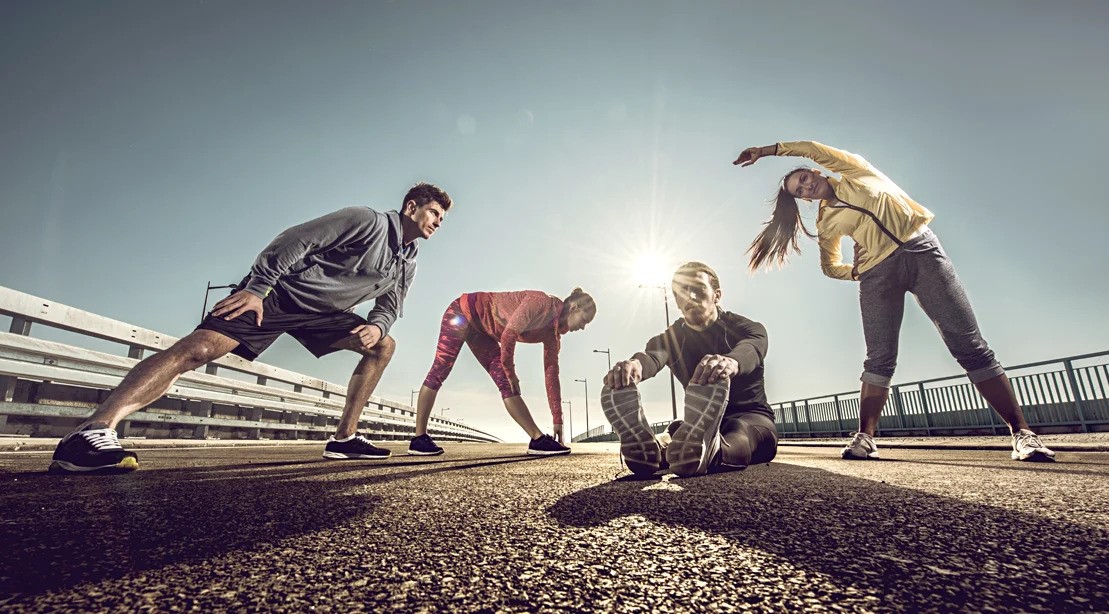
In this write-up, we will explore the benefits of warming up before physical activity, focusing mainly on warming up before a leg workout. We'll also discuss some warm-up exercises that you can incorporate into your routine to get the most out of your workouts and reduce the risk of injury. So, if you're looking to improve your athletic performance, prevent injuries, and enhance your overall physical and mental well-being, keep reading to learn more about the benefits of warming up.
What is warm-up?
The word "warm" in "warm-up" refers to the increase in body temperature due to physical activity, and the physiological changes that occur when it is exposed to exercise or movement. During a warm-up, the body gradually increases its metabolic rate, heart rate, and breathing rate, which helps to prepare the body for the physical demands of exercise. Over time, the term "warm-up" has become a widely accepted term in the world of fitness and athletics, and is now recognized as an essential component of any exercise or activity routine, helping to reduce the risk of injury and enhance performance.
Effective Methods of Warming Up
1. Start with Dynamic Stretching
Dynamic stretching is a type of stretching that involves moving your muscles and joints through their full range of motion. This type of stretching is great for warming up as it increases blood flow and loosens the muscles and joints. It is also beneficial for improving mobility and flexibility.
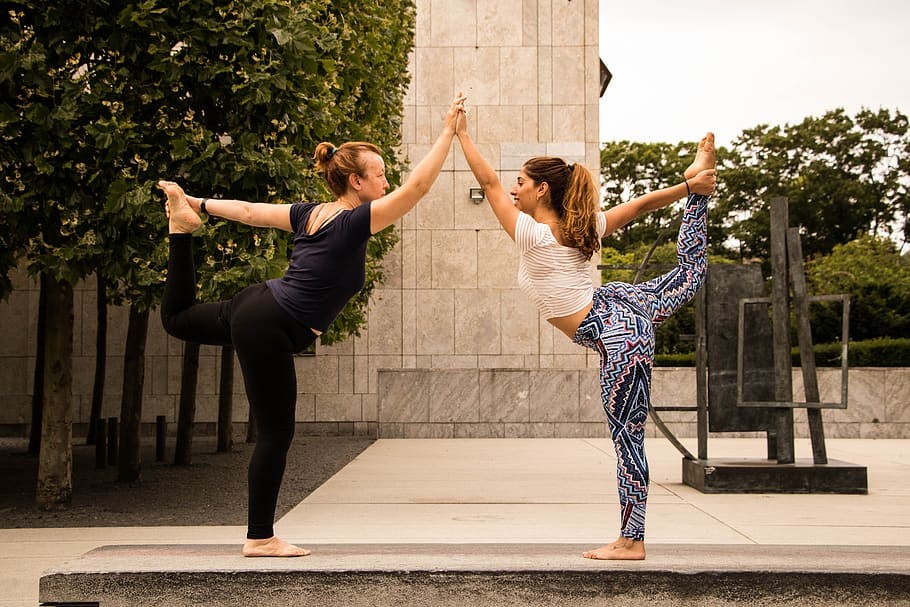
Some examples of dynamic stretching exercises include leg swings, arm circles, lunges, high knees, and butt kicks. You should aim to perform each exercise for 10-15 repetitions or 30-60 seconds.
2. Include Cardiovascular Exercise
Cardiovascular exercise is a great way to get your heart rate up and increase blood flow to your muscles. Including any form of cardiovascular exercise in your warm-up routine will help to prepare your body for the upcoming exertion.
Jogging, jumping jacks, jumping rope, or cycling are examples of cardiovascular exercises that you can initially perform for 5-10 minutes and gradually increase the intensity as you go.
3. Practice Foam Rolling
Foam rolling is a type of self-myofascial release that involves using a foam roller to massage your muscles. Foam rolling is an effective way to loosen up tight muscles and improve flexibility.
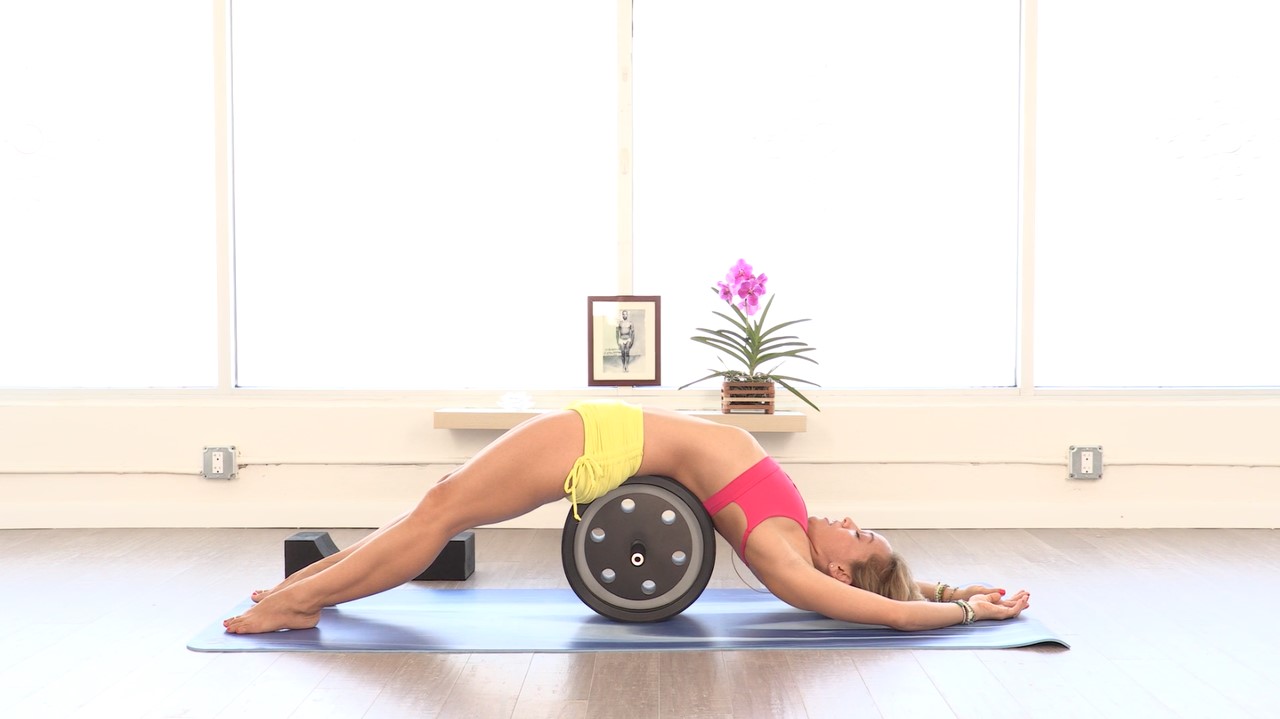
Before your workout, spend 5-10 minutes foam rolling your muscles, paying special attention to any areas that feel tight or sore.
4. Perform Sport-Specific Movements
It is crucial to warm up by practicing the motions necessary for the sport or activity you will be participating in. Your technique, balance, and coordination will all benefit from this.
Shooting some hoops or practicing your dribbling before playing basketball; running about a little bit and performing some dynamic leg stretches before commencing a full-fledged run can bring about fruitful results.
5. Gradually Increase the Intensity
It is essential to start your warm-up routine at a low intensity and gradually increase it as you go. This will help to prepare your body for the upcoming exertion and reduce the risk of injury.
Start with some mellow cardiovascular exercise, such as walking or jogging, and gradually increase the intensity over 5-10 minutes. Then, move on to dynamic stretching exercises and sport-specific movements.
6. Don't Forget to Cool Down
A proper cool-down routine is just as important as a warm-up routine. Cooling down after exercise helps to lower your heart rate, reduce muscle soreness, and prevent injuries.
An ideal cool-down routine should include light cardiovascular exertion, such as walking or jogging, followed by static stretching exercises. Static stretching involves holding a stretch for 15-30 seconds without any movement.
7. Listen to Your Body
It is essential to listen to your body during your warm-up routine and adjust the intensity or exercises accordingly. If you feel pain or discomfort, stop exercising right away, and if necessary, seek medical help.
Most importantly, a healthcare professional must be consulted before beginning any new fitness program if you are recuperating from an injury or have any chronic diseases, such as arthritis.
Benefits of Properly Warming Up Before a Leg-Workout
Warming up before a leg workout is essential to prevent injury and enhance performance. The legs are a large muscle group, and they are responsible for many everyday activities, such as walking, running, and climbing stairs. A proper warm-up routine can help prepare the legs for the demands of a workout, allowing for better performance and reducing the risk of injury. Here are some of the benefits of properly warming up before a leg workout:
1. Increased blood flow
A proper warm-up routine can help increase blood flow to the muscles in the legs, which can help to improve their oxygen supply and reduce the risk of injury. This increased blood flow can also help to reduce muscle soreness and fatigue during and after the workout.
2. Increased joint lubrication
Joint lubrication is essential for protecting your joints and reducing the risk of injury during a workout. When you engage in a proper warm-up routine before a leg workout, you're increasing the blood flow to the joints, which helps to improve their lubrication. This increased joint lubrication, particularly in the knees and hips, can help to reduce the risk of injury during the workout.
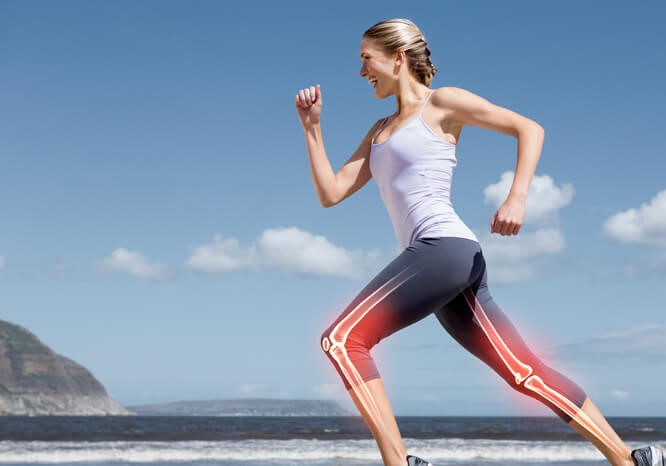
3. Improved flexibility
Warming up can help improve the flexibility of the legs, making it easier to perform exercises with proper form and reducing the risk of injury. Dynamic stretching exercises, such as lunges and leg swings, can help increase the range of motion in the hips and knees, which improves squat and deadlift performance.
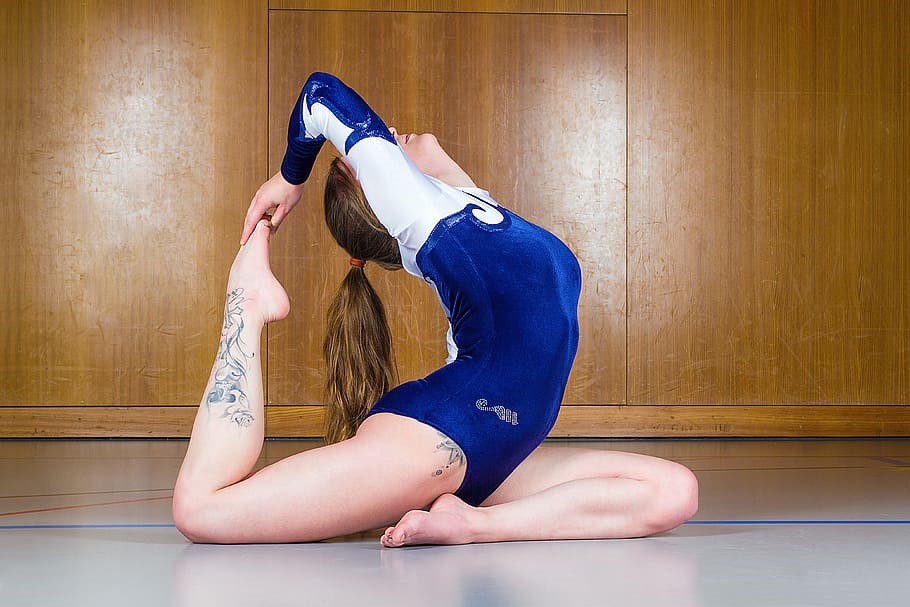
4. Reduced risk of injury
By engaging in a proper warm-up routine, you're increasing blood flow, improving flexibility, enhancing joint lubrication, and improving neuromuscular control. These factors can all help to reduce the risk of injury during the workout, particularly in the knees, which are vulnerable to injury during exercises such as squats and lunges. By reducing the risk of injury, you can ensure that you can continue to train and make progress without setbacks. This is particularly important for the knees, which are susceptible to injury during exercises such as squats and lunges.
5. Improves circulation
Warming up can improve circulation by increasing blood flow to your muscles and other tissues. This can help improve overall health by delivering oxygen and nutrients to your cells. Improved circulation can also help reduce the risk of cardiovascular disease and other health issues related to poor circulation.
6. Improved neuromuscular control
A proper warm-up routine can help to improve neuromuscular control, which is the ability of the brain to communicate with the muscles. When you engage in a proper warm-up routine, you're preparing your body to perform specific movements during the workout, and this can improve neuromuscular control which helps improve muscle activation and reduce the risk of injury during the workout.
7. Reduces stress
Warming up can help reduce stress levels by releasing endorphins, which are feel-good hormones. This can help you manage stress and anxiety in everyday life. Regular exercise has been shown to have a positive impact on mental health and can help alleviate symptoms of depression and anxiety.
8. Promotes better posture
Exercises that target your core and back muscles during your warm-up can improve your posture. This can help prevent back pain and other posture-related issues. Good posture also helps improve breathing and digestion and can improve overall physical appearance.
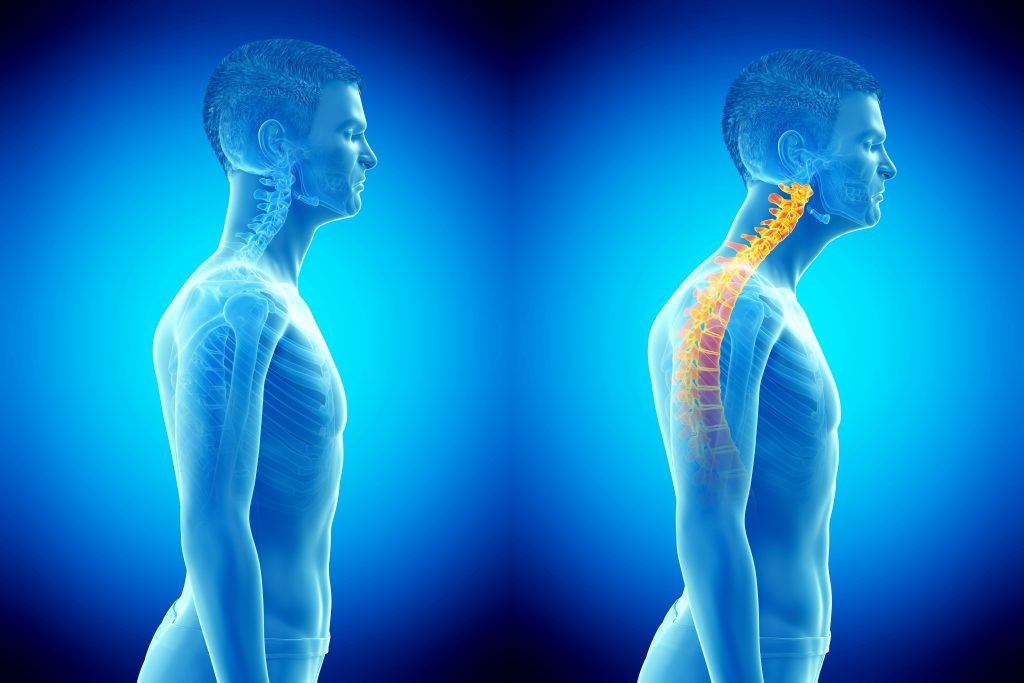
9. Boosts energy levels
Warming up can help boost your energy levels by increasing blood flow and oxygen to your muscles. This can help you feel more alert and focused throughout the day. Additionally, warming up can help reduce feelings of fatigue and improve mental clarity.
10. Increases range of motion
As you age, your joints can become stiffer and less flexible, making it difficult to perform everyday activities. By regularly incorporating dynamic stretching into your warm-up routine, you can increase your range of motion, allowing you to move more freely and easily in everyday life. Improved range of motion is also beneficial for athletes and fitness enthusiasts, as it allows for a greater range of motion during exercise.
Wrap it up: Warm-up - the coolest thing you can do for your body!"
Warming up is a simple and beneficial activity that can improve overall health and prevent injury during exercise. It involves increasing blood flow, flexibility, joint lubrication, and neuromuscular control. Incorporating a warm-up routine before a leg workout is crucial for achieving fitness goals while avoiding injury. Warming up is not just for athletes, but beneficial for people of all ages and activity levels. It is a small investment of time that can lead to significant health benefits.
 India (INR)
India (INR)
 UAE (AED)
UAE (AED)
 Store Locator
Store Locator


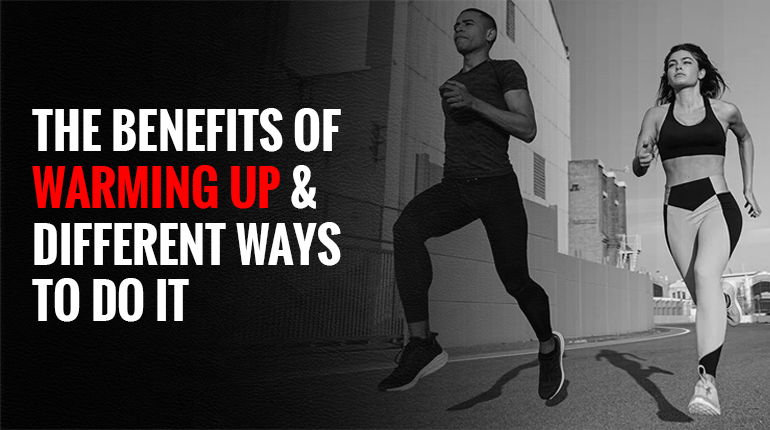






-thumb.jpg)
-thumb.jpg)
-thumb.jpg)
-thumb.jpg)
-thumb.jpg)
-thumb.jpg)
-thumb.jpg)
-thumb.jpg)
-thumb.jpg)
-thumb.jpg)